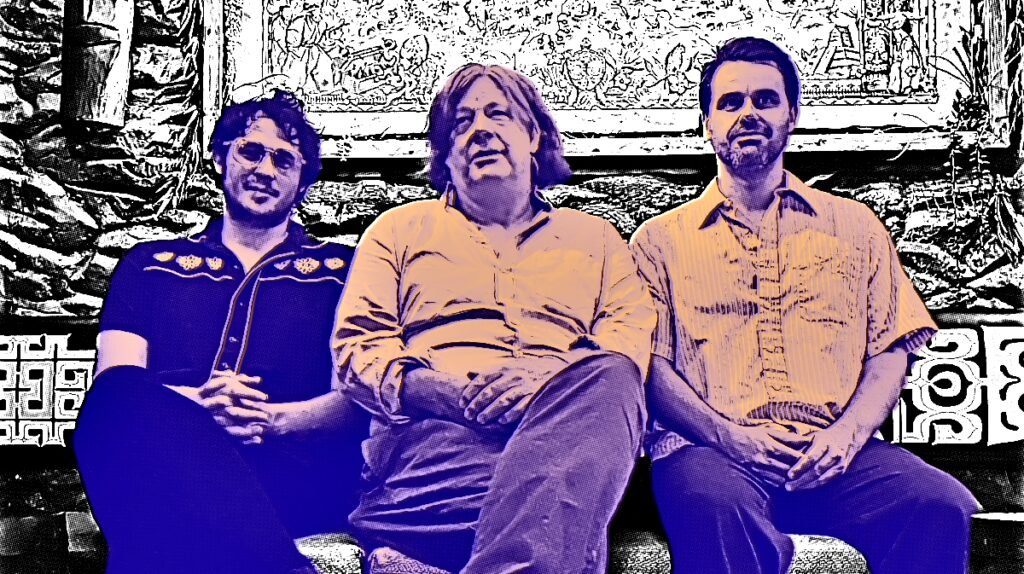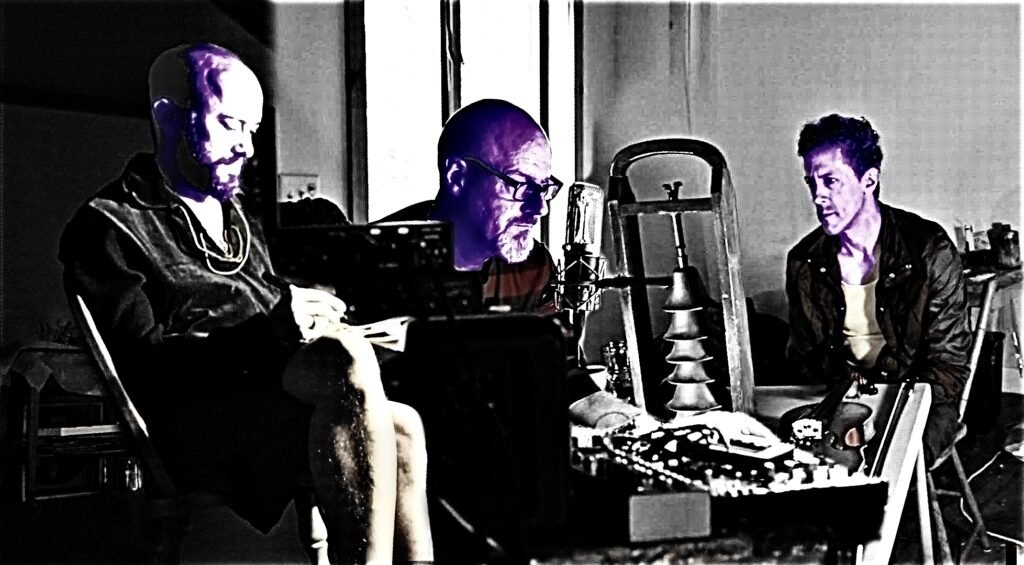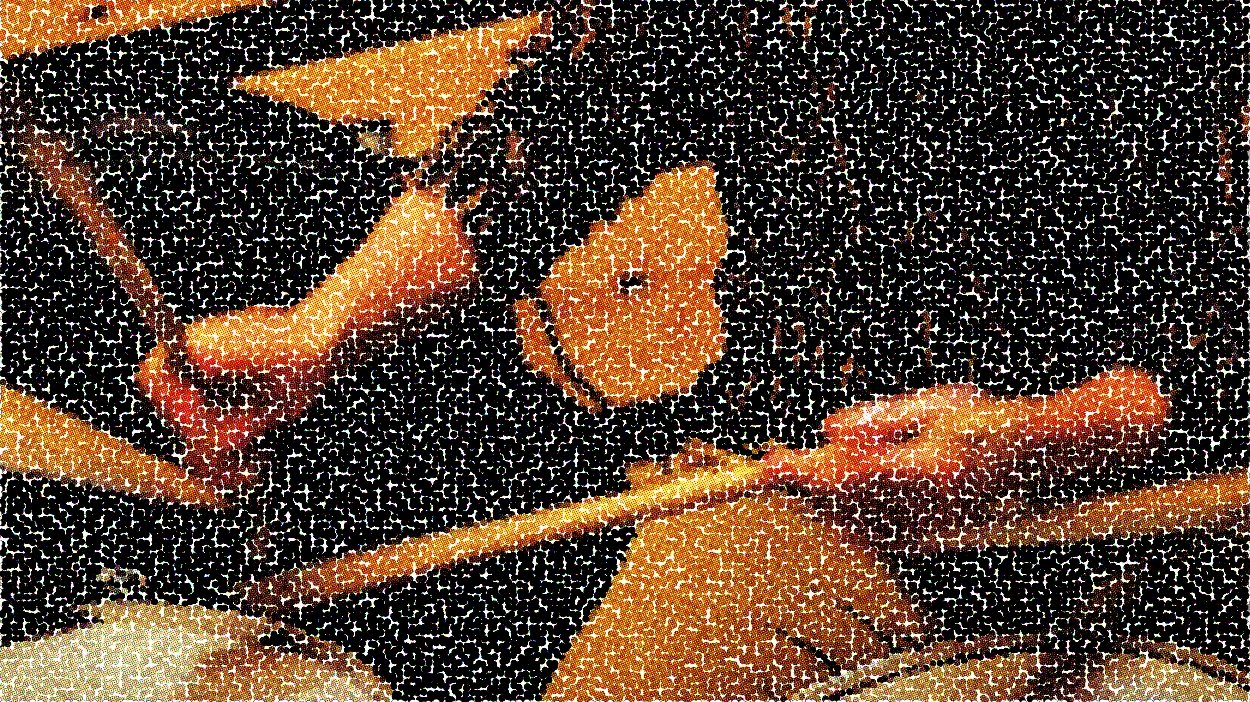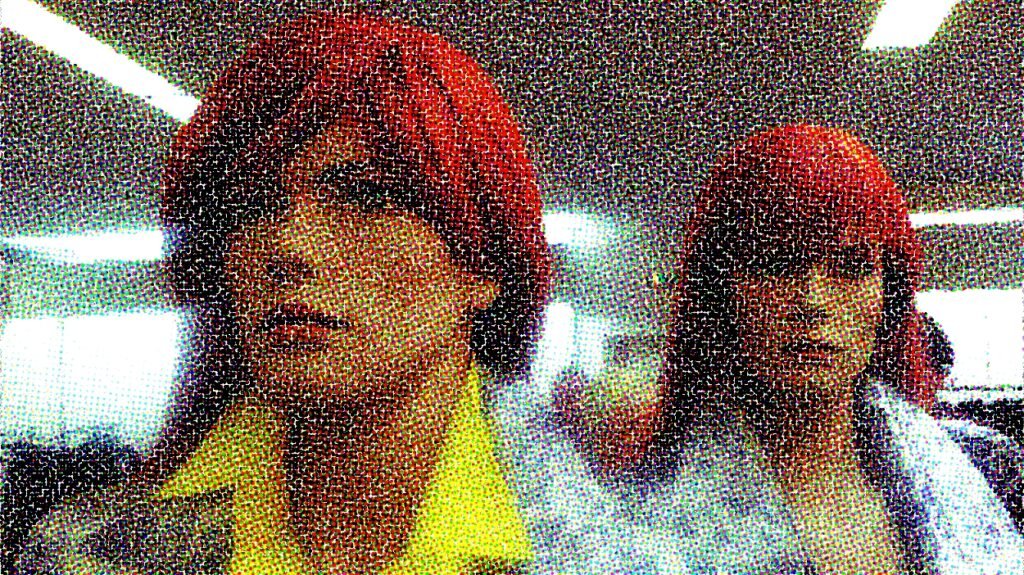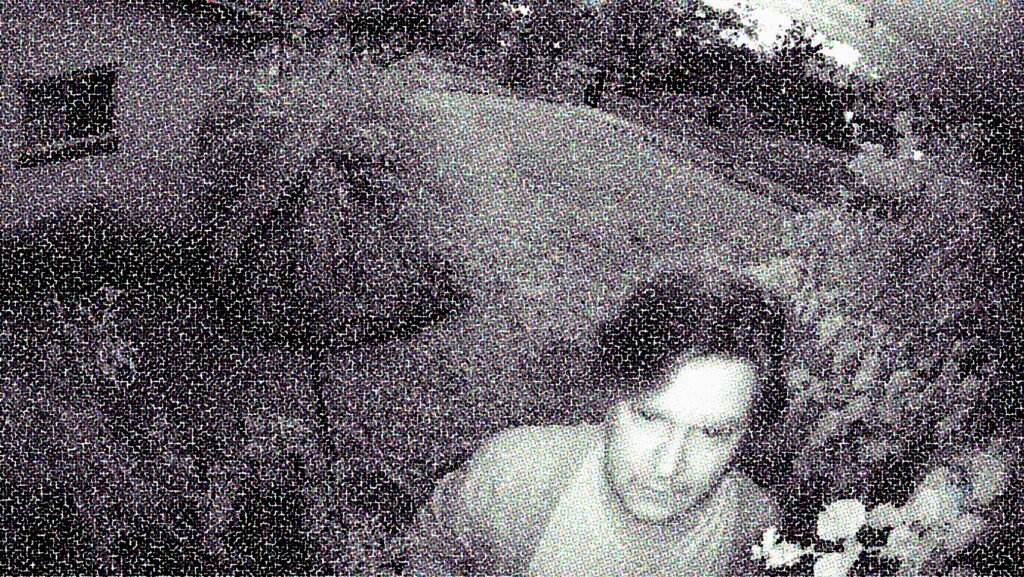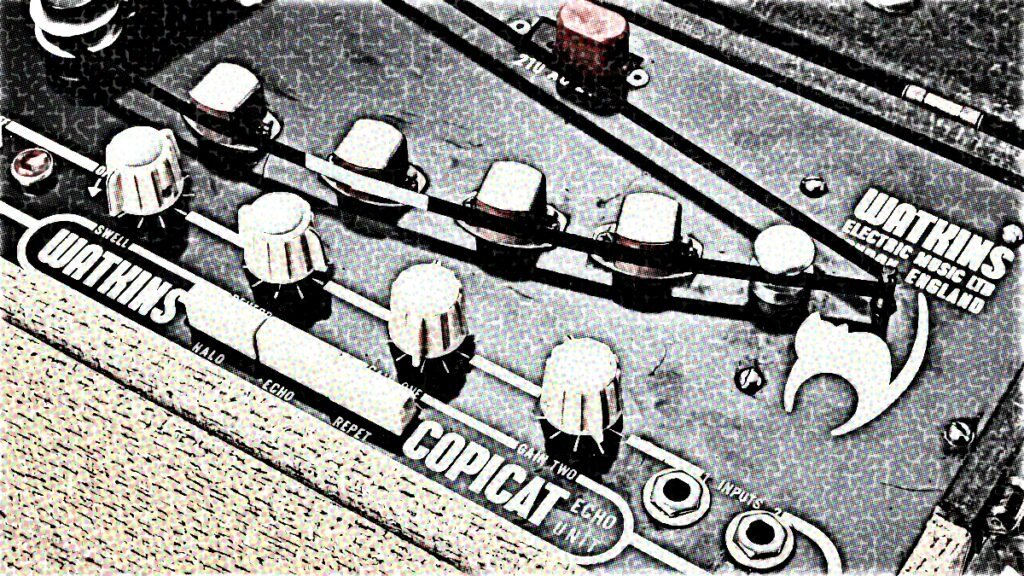
Hakobune‘s guitar is processed like one hundred Guthries, ringing with reverb abandon as chords stretch into warm, elongated vibrations. The 2019 album Rain Studies is a full-spectrum affair; it alternately plays and washes away intruding sounds. Its CTwins-spirit is best transmitted on “Tenkyuu,” which sounds like muting everything but a single guitar track on Victorialand‘s mixing desk.
I suppose these comparisons are a little unfair. I feel I’m projecting my influences onto Hakobune, the Tokyo-based sound artist who also goes by Takahiro Yorifuji. But, in a way, the guitar is baggage, and a limited sound palette is never free of suspicions of provenance.
Hakobune strikes me as a guitarist falling under the spell of electronic drone music but opting for the novocaine instead of the noise. Rain Studies could refer to the mix knob on a reverb unit pushed all the way to ‘wet,’ but it’s also chilling (both interpretations accepted), like rainfall. “Tenkyuu” is the difference—the other tracks simply blend as one liquid sheet supplants another. No doubt these ‘studies’ were recorded as the rain fell outside, watched through a drizzled window as the guitar reflected and chimed its accompanying song.
On the periphery, John Coulthart wrote about echo guitars, an initial attempt at a ‘Young Person’s Guide.’ He mentions the Watkins Copicat, developed in the late ’50s and arguably the first independent tape-loop-based echo unit. A chance encounter inspired UK music gear innovator Charlie Watkins to explore the possibilities of tape echo:
… a pair of customers, returning from a visit to Italy, [regaled] Watkins with talk of a performance they’d seen there. The singer Marino Marini, who was enjoying a worldwide hit with his cover of Dominico Modugno’s hit “Volare,” had run his microphone through a pair of reel-to-reel recorders with one continuous tape loop rolling between them to recreate his distinctive vocal echo. The sound had knocked their socks off. *
The Copicat followed, as did an influence on musical styles like surf rock and the kosmische exploits of Manuel Göttsching and many others. The popular Echoplex emerged alongside other tape delay machines, leading further outward to dub and studio-as-instrument forms.
In my Spotlight On interview with David J, I remarked that my favorite sound might be a tape echo filtering away into infinity. David signaled his agreement.
